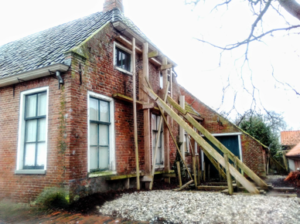
Many homes in the Netherlands, Germany, France and Belgium are heated with gas from the Netherlands. Along with a few smaller gas fields, the Groningen gas field supplies around 15 percent of Europe’s gas consumption.
In 1959 the Dutch oil and gas company NAM surprisingly discovered a huge gas field – the tenth biggest gas field in the world and the largest in Europe. Over the years, NAM produced around 1700 billion cubic meters (bcm) of gas in the Groningen fields and estimates that there are around 1000bcm left underground.
In the seventies, gas production was highest and peaked with over 80bcm of gas produced in 1976. It rose again significantly in 2013, and many people living in and around the gas fields also have an explanation why: Before 2013, the magnitude and the frequency of earthquakes rose and the damage could no longer be ignored. Given that the earthquakes are unmistakeably linked to large scale gas extraction in the region (even Shell and ExxonMobil acknowledge that), the operating gas companies knew they would soon be limited in the amount of gas they could extract and went all out to extract the then fixed maximum possible amount of gas of 53bcm – probably for the last time.



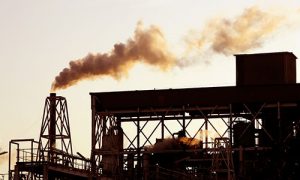 In part one of this blog, I referred to the obvious inefficiency of the European Emissions Trading System (ETS). While the ETS is praised to be the key element of the European climate policy, it fails to deliver and is less efficient than other factors such as energy prices and the overall tendency towards more sustainability.
In part one of this blog, I referred to the obvious inefficiency of the European Emissions Trading System (ETS). While the ETS is praised to be the key element of the European climate policy, it fails to deliver and is less efficient than other factors such as energy prices and the overall tendency towards more sustainability.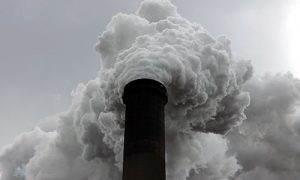 ETS: Only A Side Effect
ETS: Only A Side Effect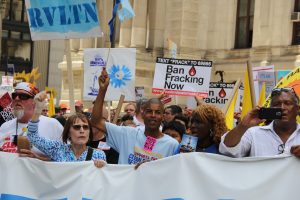
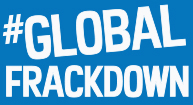 The movement to keep fossil fuels in the ground is gaining in success stories, and we should never underestimate our impact.
The movement to keep fossil fuels in the ground is gaining in success stories, and we should never underestimate our impact.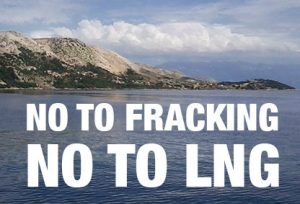 Last month the United Nations Framework Convention on Climate Change announced that the
Last month the United Nations Framework Convention on Climate Change announced that the